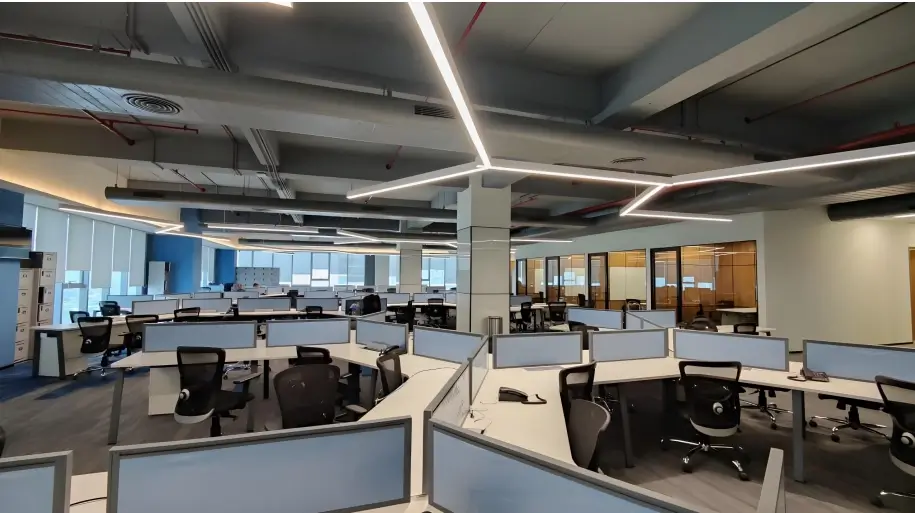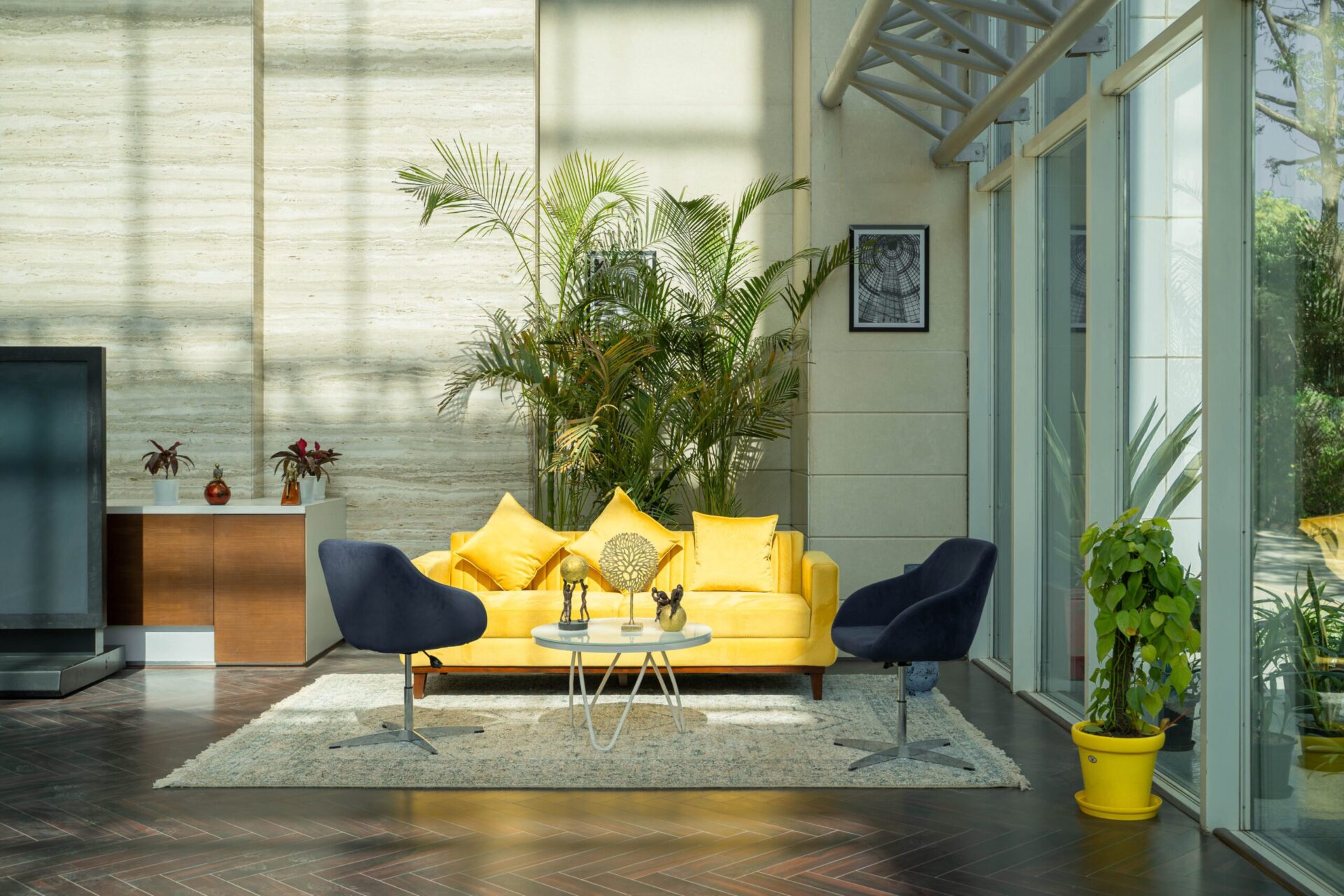The Evolution of Office Table Design Trends
The workspace design and furnishings have evolved significantly over time, with office table designs evolving from simple functional tables to highly adaptable and technology-included designs. Companies today pay attention not just to form but also to ergonomics, sustainability, and multifunctionality. If one prefers a minimalist office table or a multifunctional workspace solution, keeping up with these designs can boost productivity, comfort, and the workplace.
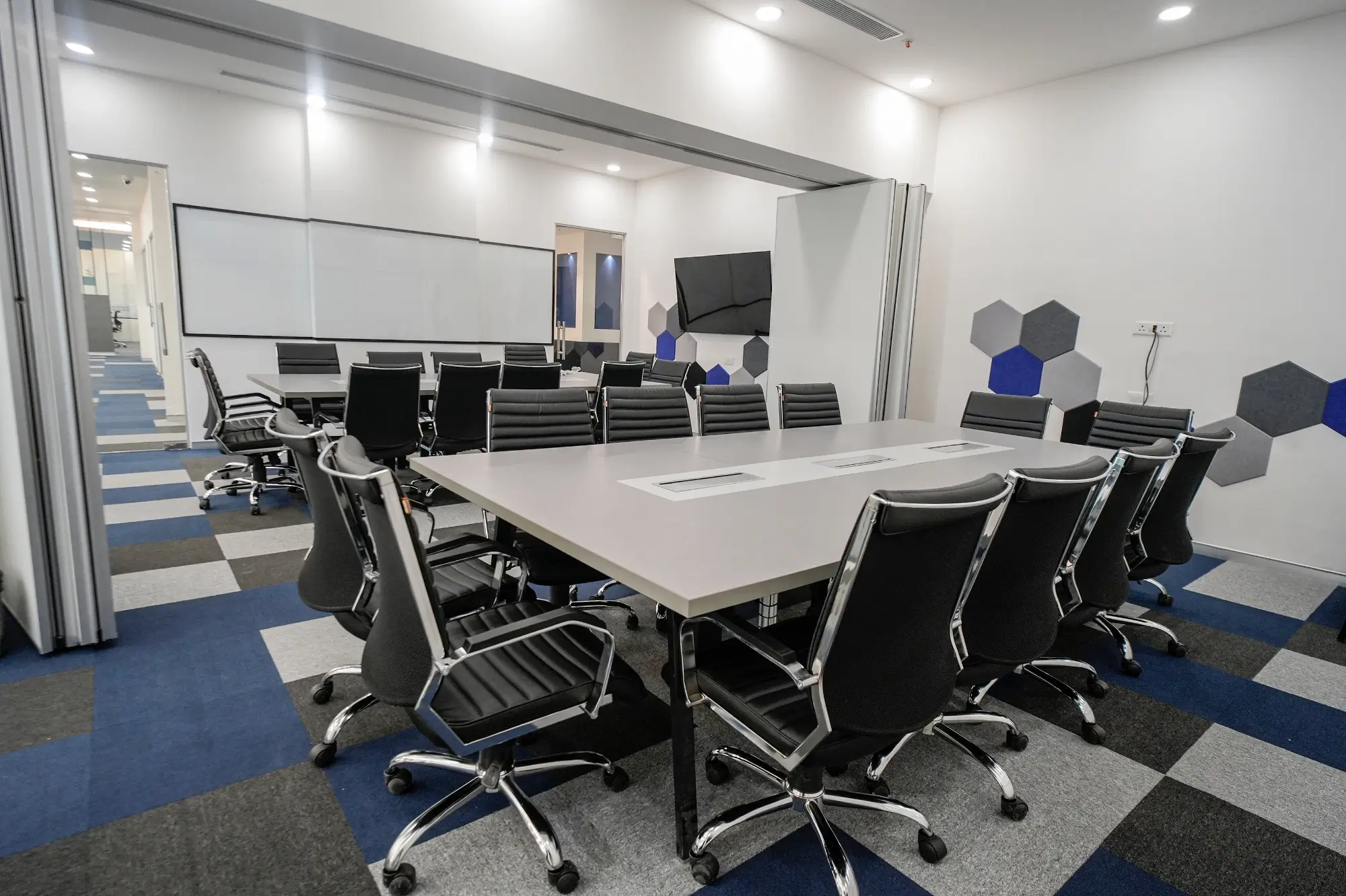
Minimalist Office Table Designs: The Aesthetic of Simplicity
Why Minimalism Works in Modern Workspaces
- Clean lines, subdued colors, and clutter-free looks
- Encourages focus, productivity, and stress reduction
- Could work in open-office space planning and flexible work environments
Minimalist office table designs are gaining popularity as they provide a minimalist aesthetic and optimized workspace for productivity. A minimalist wood office desk with built-in storage and flush surface can be the perfect combination of form and function.
Glamorous Minimalist Office Table Models
- Scandinavian-style tables: Light woods, white textures, and less is more style
- Industrial minimalist workspaces: Mixing metals with organic forms for modern designs
- Floating tables: Installed in walls to save space yet be productive
Functional and Multifunctional Office Tables
The Demand for Multifunctional Workspaces
- Modern offices call for adaptability to fit various work styles
- Modular and Adjustable office tables suit sitting and standing configurations
- Modular setups allow for redifferentiation according to team needs
Growing use of remote and hybrid work has fueled the demand for multifunctional office tables. These tables feature foldable sections, adjustable heights, and hidden storage areas, making them perfect for adaptive workplaces.
Examples of Multifunctional Office Table Designs
- Height-adjustable desks: Perfect for alternating between sitting and standing
- Convertible workstations: Meeting tables that can be converted from desks
- Storage-integrated tables: Built-in shelving to save space
Sustainability in Office Table Design
With green awareness shaping the industry, Sustainable Office Furniture Solutions are the new standard. Companies are prioritizing:
- Recycled materials: Bamboo, recycled wood, and metal
- Green manufacturing: Low carbon imprint and low-VOC finishes
- Strong construction: Built to last to reduce waste
Companies that implement green office tables support not only sustainability but also a healthier work environment.
Technology Integration: Smart Office Tables
The office is getting smarter with technology-enhanced office tables offering:
- Integrated charging docks for effortless device connection
- Wireless charging cradles for smartphones and mobile devices
- Smarter cable organization systems to keep clutter to a minimum
Ergonomics: Enhancing Comfort and Productivity
An ergonomic office table may prevent posture disorders while improving productivity. Essential ergonomics elements are:
- Height adjustment to allow proper posture positioning
- Proper leg space and wrist rest
- Anti-fatigue accessories like wrist pads and footrests
Employers also focus on Innovative Ergonomic Office Desks to boost the health and productivity of workers.
Future Office Table Design Trends
As technology and company culture evolve, the future office table design trends will include:
- Furniture with AI integration to learn the behavior of the users
- Modular and hybrid solutions for collaborative workspaces
- Environmentally friendly innovations that use biodegradable materials
Tracking these trends future-proofs office configurations.
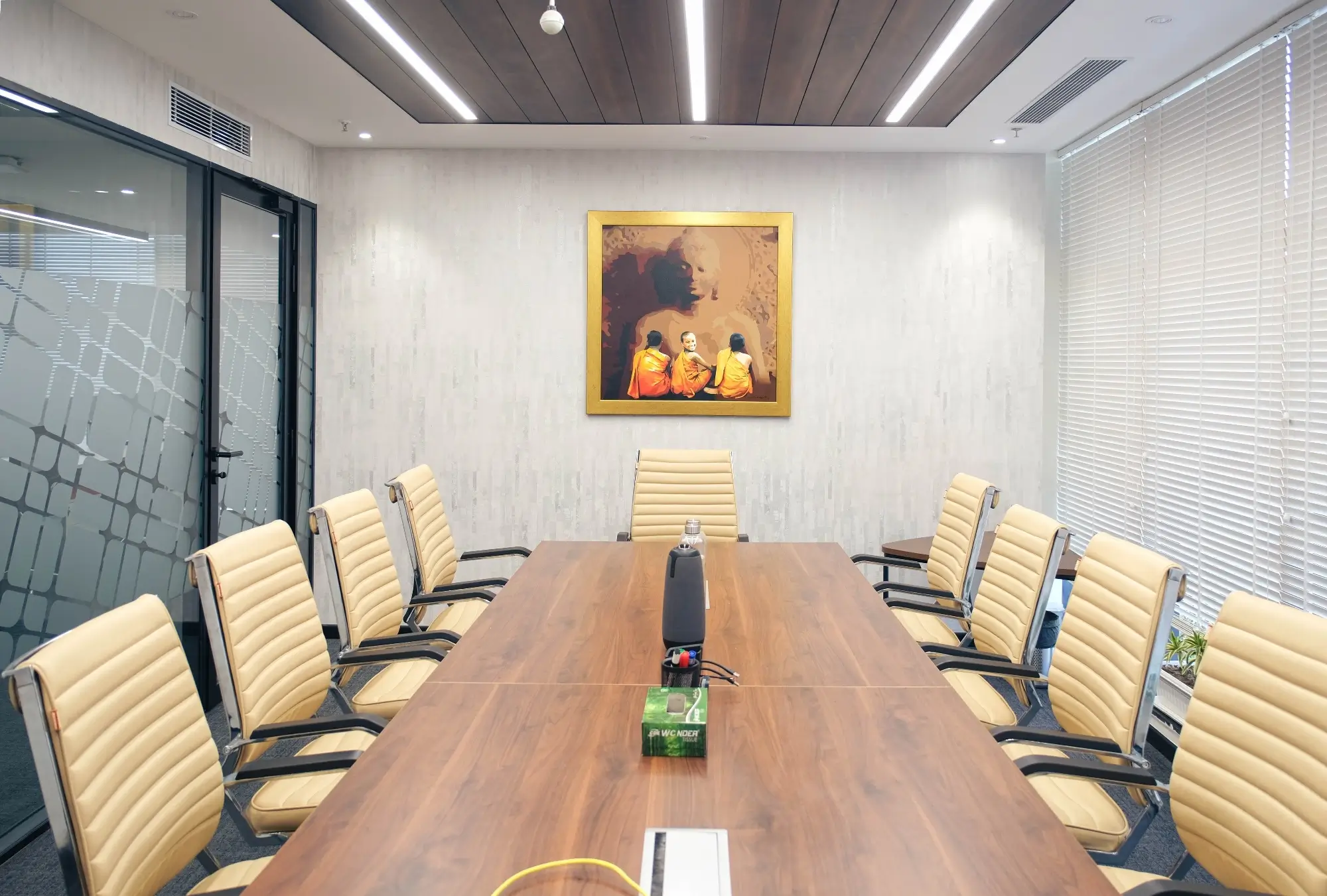
Conclusion
Modern office table design trends suit aesthetics, usability, and the environment. Whether selecting a minimalistic office table or a space-saving workspace solution, spending on the right design can transform a workspace into an even more efficient, comfortable, and inspiring workspace.
FAQs
A multifunctional office table saves space, is more flexible, and maximizes productivity by being capable of adapting to various work needs.
Employ natural materials like wood, add plants, and use earthy tones to ensure workplace well-being.
An ergonomic office table has height adjustability, wrist rest, and adequate spacing for better posture and comfort.
